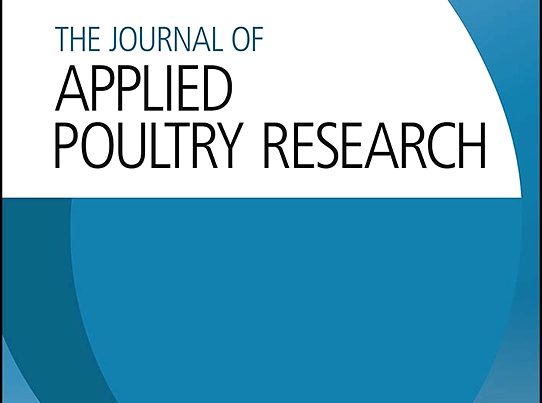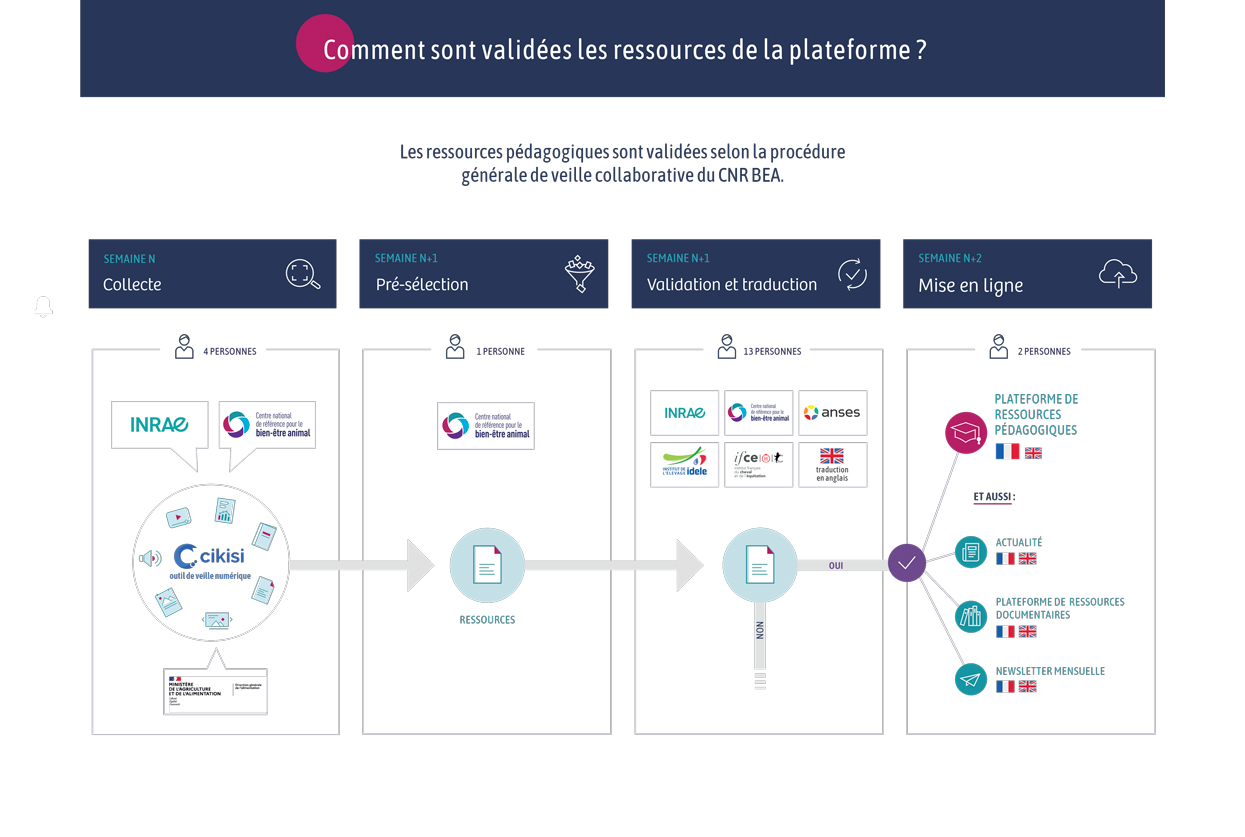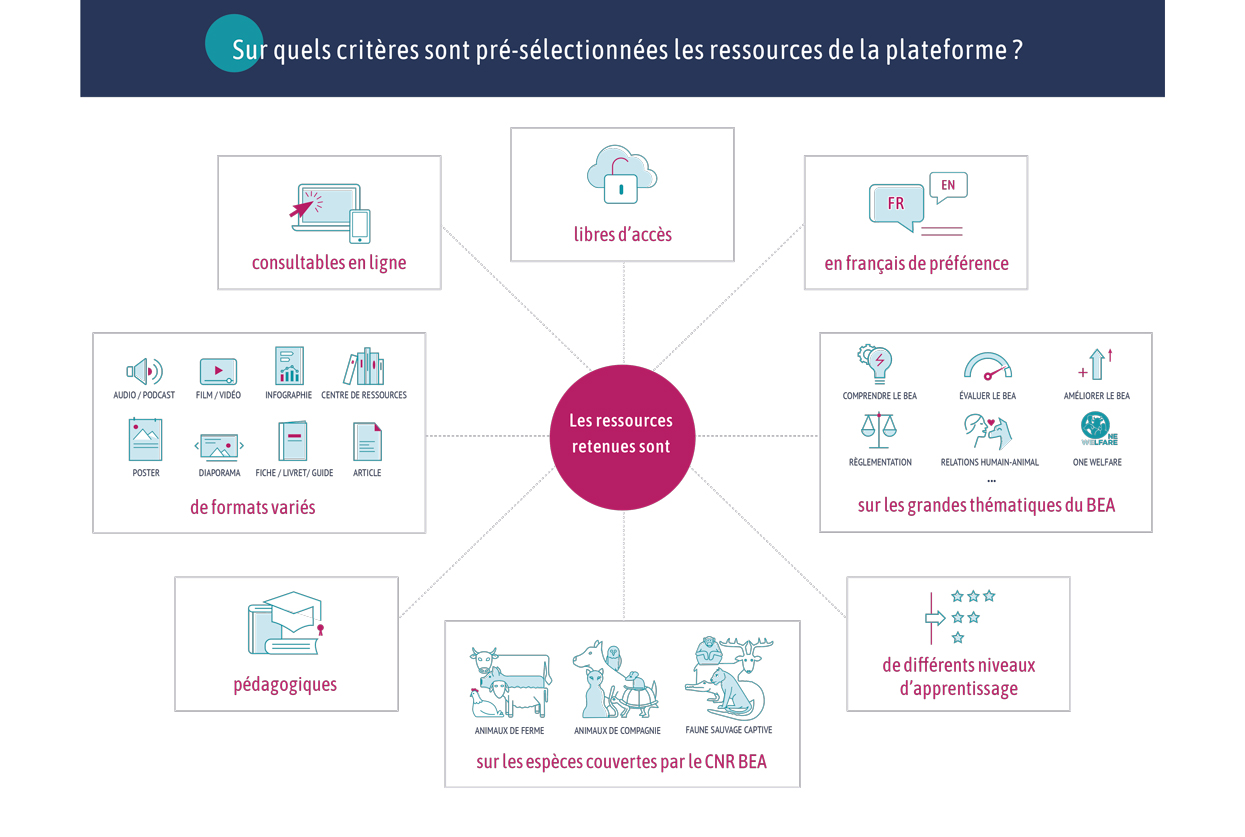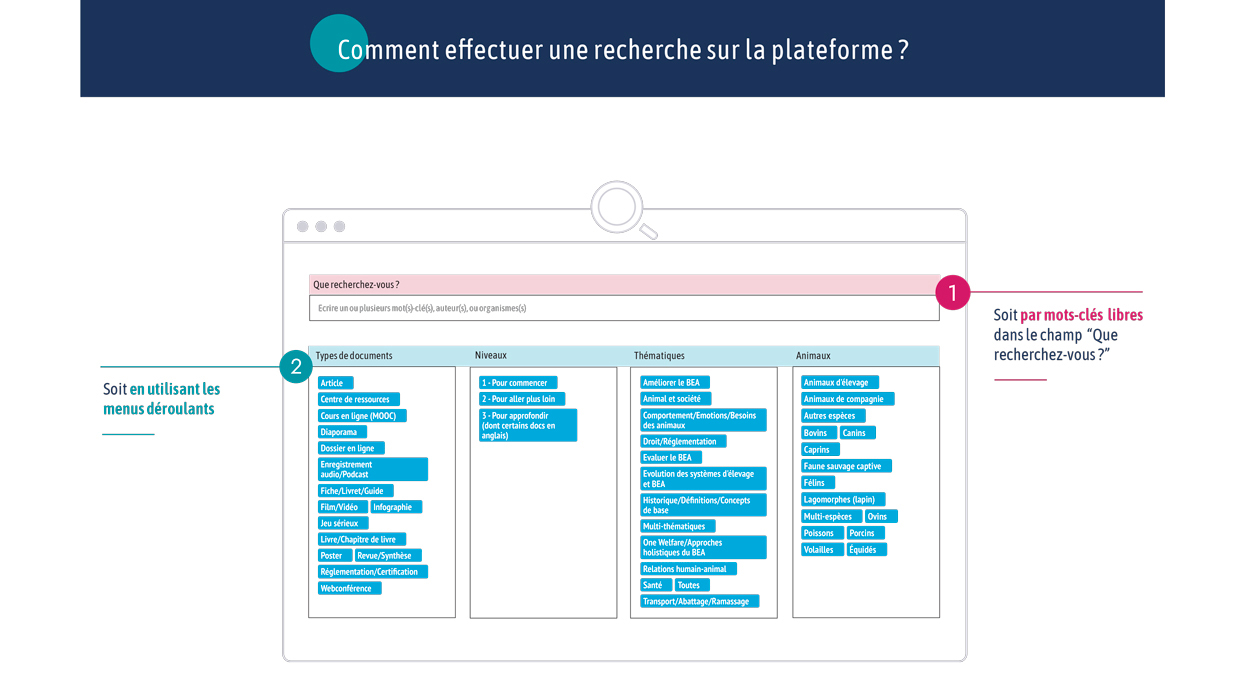Type de document : article scientifique publié dans Animal Welfare
Auteurs : Manon Fetiveau, Davi Savietto, Andrew M Janczak, Laurence Fortun-Lamothe and Valérie Fillon
Résumé en français (traduction) : Éleveur attentionné ou distant : Exploration de l’influence des relations humain-animal sur le stress, le comportement et les réponses émotionnelles des lapins dans deux environnements de vie distincts
La nature de la relation humain-animal (RHA) et les conditions de logement ont un impact significatif sur le bien-être des animaux d’élevage. Pour évaluer l’influence de la relation humain-animal sur le comportement, les émotions et le stress des lapins (Oryctolagus cuniculus) dans deux environnements extérieurs distincts, nous avons réparti 144 jeunes lapins en quatre groupes (CPX-H, CPX-N, SPL-H, SPL-N) différant par les environnements de vie (CPX pour complexe et SPL pour simple). Le traitement par l’humain (H) consistait à fournir quotidiennement des ressources alimentaires supplémentaires et des caresses (éleveur attentionné). Il a commencé à l’âge de 49 jours et a duré 16 jours. Les groupes N n’ont pas reçu de traitement (éleveur distant). Les lapins ont été observés entre 48 et 73 jours. Leurs réactions comportementales à la présence humaine ont été évaluées à 48 et 68 jours à l’aide d’une évaluation qualitative du comportement (QBA) et d’un échantillonnage par balayage. Une série de tests a été effectuée à l’âge de 68 jours pour évaluer leurs réactions à un nouvel objet et à la présence humaine. Les niveaux de stress ont été mesurés en analysant les concentrations de corticostérone dans leurs poils. Les lapins dans l’environnement SPL ont passé beaucoup plus de temps près de l’objet nouveau que ceux dans l’environnement CPX (24,7 contre 17,2 %). En outre, les lapins du groupe H ont passé plus de temps près de l’humain que ceux du groupe N (28,2 contre 17,1 %) et ont accepté plus de caresses (90,2 contre 45,9 %). Après le traitement RHA, les lapins du groupe H étaient significativement plus susceptibles d’être décrits comme « affectueux/intéressés » que ceux du groupe N. Les lapins du groupe N ont été décrits comme « indifférents » dans une proportion significativement plus importante dans l’environnement SPL. Cependant, il n’y avait pas de différences significatives dans les concentrations de corticostérone pileux entre les groupes. Ces résultats indiquent que les réponses des lapins sont influencées à la fois par leur environnement de vie et par la qualité de leur relation avec les humains. Encourager les interactions positives avec les animaux peut améliorer leur bien-être et faciliter les soins quotidiens prodigués par les éleveurs.
Résumé en anglais (original) : Both the nature of the human-animal relationship (HAR) and housing conditions significantly impact the welfare of farmed animals. To evaluate the influence of HAR on the behaviour, emotions and stress of rabbits (Oryctolagus cuniculus) in two distinct outdoor living environments, we allocated 144 young rabbits to four groups (CPX-H, CPX-N, SPL-H, SPL-N) differing in the living environments (CPX for complex, and SPL for simple). The treatment by human (H) involved daily provision of additional food resources and stroking (thoughtful farmer). It commenced at 49 days of age and lasted for 16 days. N groups did not receive the treatment (distant farmer). The rabbits were observed between 48 and 73 days of age. Their behavioural responses to human presence were evaluated at 48 and 68 days using Qualitative Behaviour Assessment (QBA) and scan sampling. A set of tests was conducted at 68 days of age to assess their reactions to a novel object and human presence. Stress levels were measured by analysing corticosterone concentrations in their hair. Rabbits in the SPL environment spent significantly more time near the novel object than those in the CPX environment (24.7 vs 17.2%). Additionally, rabbits in the H treatment group spent more time near the human than those in the N treatment group (28.2 vs 17.1%) and accepted more strokes (90.2 vs 45.9%). Following the HAR treatment, rabbits in the H group were significantly more likely to be described as ‘Affectionate/Interested’ than those in the N treatment. Rabbits in the N treatment were described as ‘Indifferent’ significantly more in the SPL environment. However, there were no significant differences in hair corticosterone concentrations between the groups. These findings indicate that rabbits’ responses are influenced by both their living environment and the quality of their relationship with humans. Encouraging positive interactions with animals may enhance their welfare and facilitate daily care from farmers.







